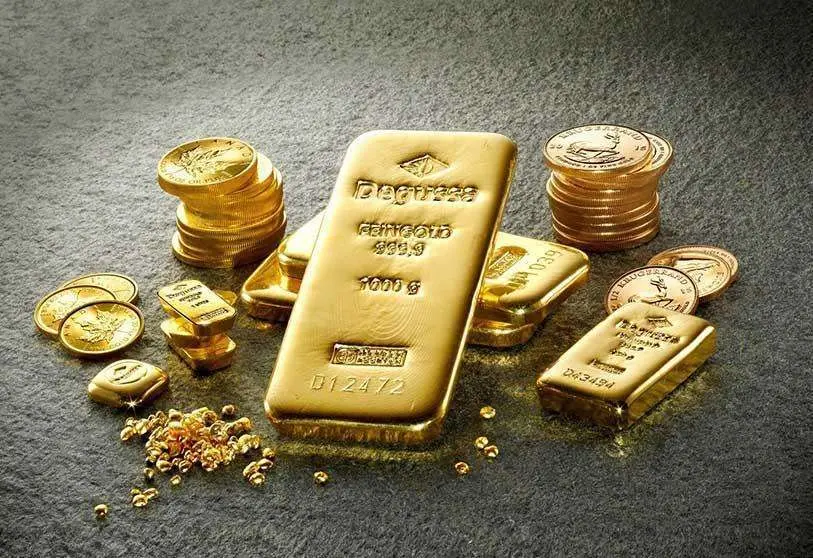The price correction in the crypto space is not the end of the “competition of potential currencies”, it supports gold and silver

At the beginning of 2020, bitcoin was priced at 7,178.70 USD per unit. It hit a record price of close to 64,000.00 USD per unit on April 13, 2021. On May 19, 2021, it had dropped back to around 32.000 USD per unit. By far the largest cryptocurrency by market capitalisation, the price of bitcoin had really taken off when the politically dictated lockdown crisis gained momentum, as central banks around the world slashed interest rates drastically, underwrote credit markets, and flooded the financial system with huge amounts of new money.
A growing number of people have realised, and correctly so, that something is wrong with the US-dollar, euro, Chinese renminbi, British pound and Swiss franc etc. – all of them representing so-called fiat money. Fiat money is a special kind of money (some even say that it is fake money or no money at all): It is monopolised by the state, and it is created through bank credit expansion, and as such in any amount at any time as deemed politically expedient. Fiat money is open to political misuse and loses its purchasing power over time.
The emergence of bitcoin and other crypto units is said to lead to a potential improvement: Providing people with better money, giving them a choice by dissolving the states’ money production monopoly. And there are indeed good reasons for such an expectation: Money is, in fact, a result of free market action, the result of people cooperating voluntarily. It certainly does not take a central bank to create money. The “natural origin” of any money are unfettered actions by free people.
Of course, states around the world want to shield and protect their fiat monies against any competition. To do so, they levy VAT and capital gains taxes on all media that people might consider means of payments – thereby making them less competitive when compared to the use of fiat money in day-to-day transactions. Or the states take even harsher measures: For instance, the Chinese Communist Party has recently banned financial institutions and payment companies from providing services related to crypto unit transactions and trading.
The most recent price drop of crypto units does certainly not mark the end of the search for better, for sound money. In fact, the search for better and sound money has just begun because the problems with fiat monies can be expected to become even greater in what lies ahead – price inflation, income and wealth inequality, loss of individual freedom, etc.
The latest price correction in crypto units – which in part seems to reflect a correction of an overly optimistic assessment of their impending “monetary triumph” – does not herald the end of the “competition of potential currencies” driven by crypto units. However, it will most likely redirect investor attention to precious metals, in particular gold and silver. As history shows, the latter two have always been appreciated for their “monetary quality”, and even in a digital world, gold and silver do not lose their attractiveness as a store of value and (digitized) means of payment.
That said, from our point of view, the price correction in the crypto space does not herald the end of the “competition of potential currencies”. It is very likely that people will increasingly question the qualities of fiat money and lose confidence in using this type of money as a store of wealth. Over the medium- to long-term, fiat monies are most likely to depreciate heavily against “potential money candidates” such as crypto units and time-tested precious metals such as gold and silver.
Thorsten Polleit. Chief Economist at Degussa


